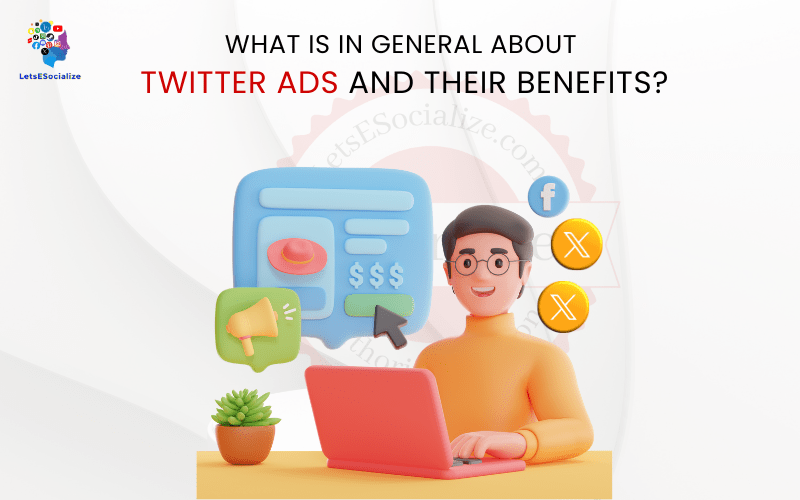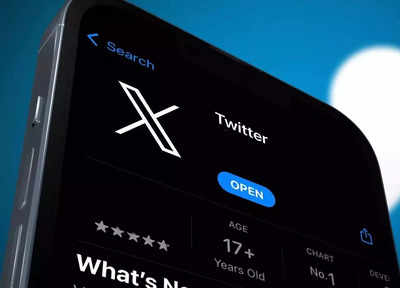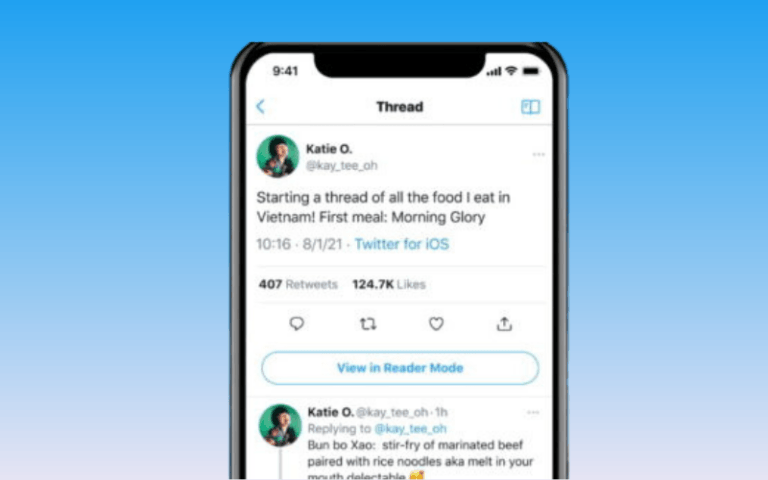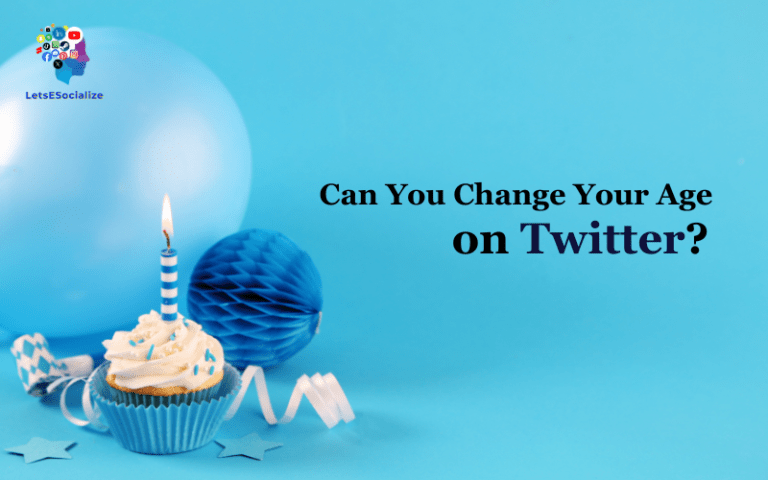With over 300 million monthly active users, Twitter offers an immense opportunity for businesses to connect with current and potential customers. One of the main ways brands can effectively reach and engage their target audience on Twitter is through paid advertising.
But what exactly are Twitter Ads Benefits and how do they work? What types of ads can you run, and what benefits can they provide your business? This comprehensive guide will explore the ins and outs of Twitter advertising and why it should be a part of your overall marketing mix.
Table of Contents
What are Twitter Ads?
Twitter ads are paid advertisements that appear within a user’s Twitter feed or search results. Brands can promote tweets, accounts, trends, moments, and videos by paying Twitter to improve their visibility, engagement, and reach.
There are several ad formats available:
- Promoted Tweets – Regular tweets boosted to a wider audience through payment.
- Promoted Accounts – Pushing your Twitter profile as a “recommended account.”
- Promoted Trends – Placing a trending topic at the top of the “What’s Happening” section.
- Promoted Moments – Boosting engagement with your tailored Twitter Moments.
- First View – Premiering video content at the top of people’s feeds.
- Conversation Cards – Encouraging users to take actions like installations, sign-ups, follows, and more.
Brands bid against each other based on an auction system for ad placement. The more you’re willing to pay, the more impressions and engagement your ads can receive.
How Do Twitter Ads Work?
Twitter ads work by targeting specific users based on their interests, behaviors, demographics, keywords, and more. Advertisers can precisely hone in on their ideal audiences for each campaign.
Some key targeting options include:
- Location
- Age
- Interests
- Follower Look-alikes
- Keyword Search
- Conversation Topics
- Retargeting Pixels
Once targets are set, you establish a daily budget and bid price for how much you’re willing to pay per engagement. The higher the bid, the more your ad is prioritized by Twitter’s advertising algorithm.
You’re only charged when users actively engage with your ads. Common pricing models include pay-per-click (PPC), cost-per-impression (CPM), or cost-per-action (CPA). This makes Twitter ads very cost-effective, with no wasted ad spend.
Also read: What Kind of Advertising Works Best on Twitter?
Benefits of Twitter Advertising
Here are some of the key benefits brands can achieve by investing in Twitter ads:
Generate Brand Awareness
Twitter’s wide reach and targeting make it ideal for raising awareness. Promoted tweets and trends can put your brand directly in front of relevant audiences. Hashtag targeting expands visibility amongst niche conversations.
Increase Website Traffic
Tweets allow the inclusion of links back to your website or landing pages. This provides an effective channel for driving qualified organic traffic at scale.
Grow Followers
Running promoted accounts and follower campaigns helps you rapidly expand your own followers. This strengthens your brand presence and future organic reach.
Drive Conversions
Conversation cards give users the ability to take direct actions like installs, sign-ups, purchases, and more without leaving Twitter.
Engage Mobile Users
With so much activity on mobile, Twitter ads allow you to connect with audiences on the go when they’re most receptive. Geo, demographic, and device targeting optimized for mobiles.
Improve Brand Sentiment
Proactive use of Twitter ads helps you control the brand narrative and reduce negative sentiment or misinformation spreading.
Retarget Website Visitors
Pixel retargeting helps you re-engage users who have already visited your website with tailored messaging after they leave.
Get Competitive Insights
You can analyze what content and strategies rival brands are using in their promoted tweets and accounts to inform your own efforts.
Enhance Other Marketing
Twitter ads complement your SEO, email, social, and Google Ads activity. Integrated campaigns create an omni-channel brand experience.
For most brands, the multitude of benefits offsets the costs associated with running paid Twitter ads. With proper targeting and optimization, the potential ROI is immense.
Types of Twitter Ad Campaign Objectives
Twitter allows you to choose campaign objectives to align your ads with specific goals:
Brand Awareness
Perfect for launching new products, building familiarity, or staying top of mind. Prioritizes wider reach and impressions.
Website Visits
Drives traffic to your site from Twitter. Great for increasing organic acquisition and followers.
App Installs
Promotes your mobile apps by targeting devices and industries where they will resonate.
Engagements
Focuses on likes, retweets, follows and other social engagement signals to amplify word-of-mouth.
Video Views
Boosts video content viewership through video and first-view ads.
Lead Generation
Uses conversion-optimized cards to collect contact details like emails, phone numbers and more.
Messages
Encourages users to privately message your brand’s account to open conversations.
Followers
Fast-track follower growth by promoting your Twitter account profile.
Tweet Engagements
Prioritizes interactions like clicks, retweets, hashtags and more on your tweets.
Matching campaign goals with appropriate targets, formats, creatives, and bidding will drive optimal results. Test different objectives to see what resonates most with your audiences.
How Much Do Twitter Ads Cost?
Twitter ads are sold through an auction, so costs vary based on factors like timing, targeting, and competitiveness. Here are the average costs for top ad formats:
- Promoted Tweets – $0.50 to $2 per engagement
- Promoted Accounts – $1 to $3 per follower
- Promoted Trends – $200k to $350k per day in the U.S.
- First View Ads – $0.10 to $0.30 per view
- Conversation Cards – $0.50 to $3 per conversion
With minimal budgets, you can start Twitter ads for as little as $10 a day to test performance. Expect an average CPM of $7 across most campaign types.
Proper targeting and bidding optimization helps maximize your return on ad spend. Monitor analytics to cut poorly performing ads or targets to improve results.
Also read: Cost of Twitter Ads
Tips for Successful Twitter Ad Campaigns
Here are some top tips for executing successful Twitter ad campaigns:
- Have a Clear Goal – Tie campaigns to specific business objectives like conversions, leads or sales.
- Target Precisely – Use tight targeting parameters to hone in on high-intent users.
- Show Relevance – Customize messaging and offers to resonate with each audience.
- Make Ads Visual – Vivid images and video boost engagement rates significantly.
- Retarget Website Visitors – Remarket people who have visited your site for higher conversions.
- Automate Bidding – Use auto-bidding strategies to optimize costs and results.
- Split Test Elements – Experiment with different creatives, targets, and ad copy.
- Monitor and Refresh – Check performance daily and change underperforming elements promptly.
- Integrate with Other Channels – Unify Twitter ads with your other marketing efforts for multiplier effects.
Keep optimizing based on data and testing new approaches until you find your Twitter advertising sweet spot. The platform offers numerous options for innovation.
Twitter Advertising Case Studies
Here are some real-world examples of brands effectively leveraging Twitter ads:
Lyft – Conversions with Promoted First View Video Ads
Rideshare app Lyft wanted to increase app downloads. They ran six-second First View videos focused on use cases that demonstrated their product value. The videos generated a 4.1% click-through rate and a 13.3% increase in ad recall. Overall, the campaign drove over 19,000 conversions.
PetSmart – Website Traffic with Promoted Tweets
Pet supplies retailer PetSmart targeted consumers passionate about pets based on interests and keywords. They served Promoted Tweets driving to their e-commerce site. Results included 11 million Twitter impressions and a 2% engagement rate, lowering their CPC by 25%.
Red Bull – Brand Awareness with Promoted Trends
To promote their Formula One racing team, Red Bull ran Promoted Trends campaigns globally around relevant races. They trended topics like #GivesYouWings, #RedBullRacing & #F1. The branded trends gained 500 million potential impressions worldwide for high visibility.
Madewell – Lead Generation with Conversation Cards
Clothing retailer Madewell used Conversation Cards that allowed users to sign up for offers by inputting their email addresses without leaving Twitter. The cards achieved a 55% higher opt-in rate compared to other channels.
These and many other examples demonstrate how impactful Twitter ads can be. Tailoring promotions to your own offerings and audiences is key to the highest ROI.
Frequently Asked Questions
-
What are the pros and cons of Twitter ads?
Pros include precise targeting, objective-based campaigns, mobile optimization, lead generation, and a low barrier to entry. Cons are lack of placement control, moderate visibility without high spending, and difficulty standing out from the crowd.
-
What types of businesses benefit most from Twitter ads?
Brands in categories like consumer services, B2B technology, e-commerce, apps, digital media, and events gain the most from Twitter’s wide reach and engaged user base. Location targeting also suits local businesses.
-
How much time should be invested in managing Twitter ads?
Expect to spend at least 30 minutes to an hour per day once campaigns are up and running. Checking performance daily and making quick optimizations is key to success.
-
What is the ideal Twitter ad creative?
Short copy with emojis tends to work best on Twitter. Visual media like images, GIFs, and videos boost engagement. Your display name, bio and branding should align across ad formats.
-
Can you run Twitter ads without a Twitter account?
No – you need to set up a Business Profile Twitter account in order to access Twitter Ads Manager and run promoted campaigns. The account should be fully optimized to represent your brand.
Conclusion
Twitter’s wide reach within a highly engaged, real-time audience makes it an exceptional platform for driving brand objectives through paid advertising. From brand building to lead generation, product launches to retargeting, Twitter ads deliver immense opportunities when executed strategically.
Success requires researching competitive activity, setting precise targets, employing compelling creativity, and continuously optimizing based on performance. Allocating even a modest budget to test Twitter ads can provide a major boost to your overall marketing efforts.
By harnessing the platform’s unique advertising capabilities, your brand can build meaningful connections with target consumers and business audiences – turning impressions into actions, awareness into sales, and investments into growth.







